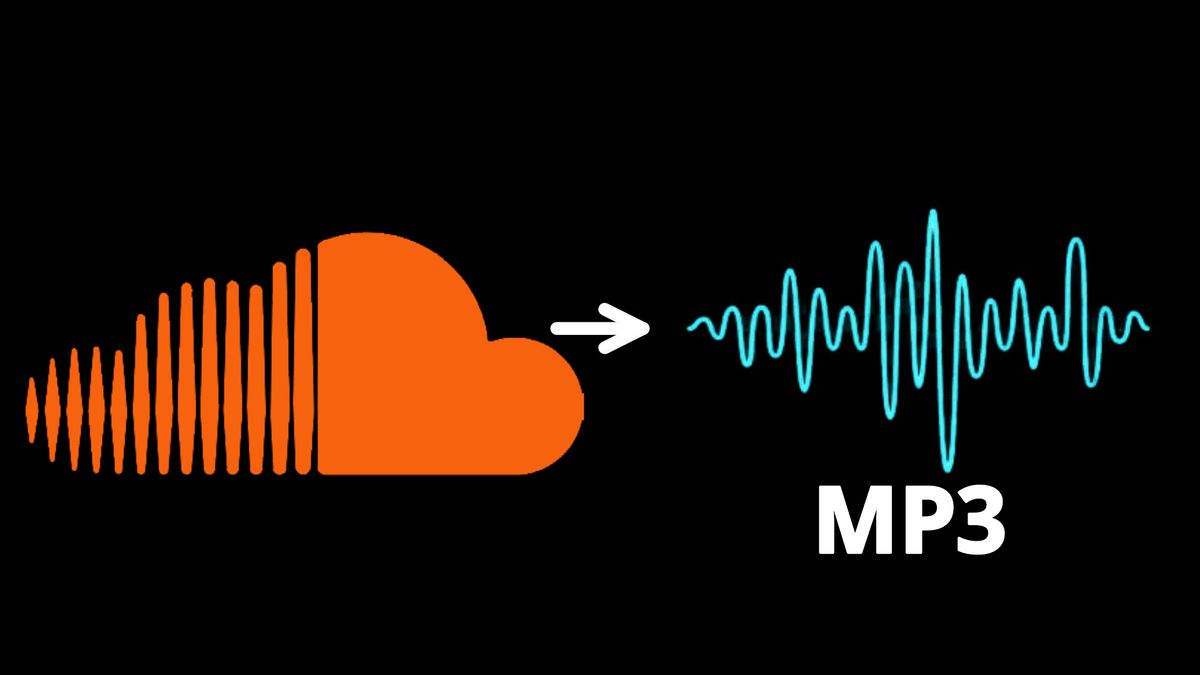
Wondering how to do AI voice? Then this post is right for you.
Nowadays voice technology has emerged as a groundbreaking frontier, offering an array of possibilities in various applications, from virtual assistants to voice-enabled devices.
Creating an AI voice involves a combination of sophisticated algorithms, machine learning, and an understanding of linguistics.
In this comprehensive guide, we will delve into the step-by-step process of creating an AI voice, exploring the tools, techniques, and considerations involved in harnessing the power of voice technology.
How do AI Voice Generators Work?
AI Voice has become a hot field. Checking this keyword in Niche Finder's Keywords Niche, we found its search volume is up to 60.5k per month.

The functioning of AI voice generators involves a sequence of essential processes, including text preprocessing, phonetic transcription, and voice synthesis.
In the initial stage of text preprocessing, raw text transforms to ensure organization and clarity. This involves breaking down words into smaller units known as tokens, rectifying anomalies such as contractions or special characters, and converting numerical figures into written words.
Moving to the second step, these tokens undergo analysis and are assigned tags based on their grammatical roles, such as verbs, nouns, or adjectives. This categorization aids the system in comprehending the intended usage and meaning of each word within the given context.

The pivotal phase arrives with phonetic analysis, wherein the text is converted into a specialized script that captures the nuances of how words should sound when spoken. This includes considerations of stress, tone, and rhythm to impart a natural flow to the generated speech.
In the culminating step, the concerted efforts from the prior stages materialize. The phonetic transcriptions are transformed into authentic speech through the generation of sound waves.
The use of modern AI algorithms ensures that the generated speech possesses a remarkably natural and human-like quality, surpassing the capabilities of traditional text-to-speech engines.
Read More: Will AI Replace Voice Actors?
How to Do AI Voice? Step-by-Step Guide
Transforming audio into an AI voice entails the utilization of machine learning algorithms to scrutinize voice samples. Here's a detailed tutorial to guide you on how to do AI voice.
1. Collect Voice Samples
Gather clear and distinct audio files featuring the voice you intend to replicate. The quality of the voice samples directly impacts the accuracy and fidelity of the AI-generated voice.
2. Preprocess the Audio
Prioritize the cleanliness and conciseness of the audio clips. Cleaning and trimming the audio ensures that the input for the AI process is of high quality, minimizing potential distortions or background noise.
3. Analyze with AI Tools
Employ advanced deep learning algorithms to analyze the various speaking styles and distinctive characteristics present in the collected voice samples. This step is crucial for the AI system to comprehend and replicate the nuances of the targeted voice.
4. Generate the Voice Model
Utilize voice cloning techniques to construct a personalized voice model based on the insights gained from the analysis. This model encapsulates the unique traits of the selected voice, allowing the AI system to mimic it accurately.
5. Synthesize the New Voice
Employ synthetic voice technologies to synthesize the new voice based on the generated voice model. These technologies leverage the power of AI to replicate the speaking patterns, intonations, and nuances of the original voice, resulting in a convincingly realistic AI-generated voice.
You Might Also Like: How to Make AI Singing Voice?
Best 5 Apps To Make AI Voice
1. Speechify AI Voice
Speechify AI Voice stands out as a premier tool for voice cloning. Users can replicate their voices swiftly, either by uploading an audio sample or speaking directly into the computer's microphone. The process takes a mere 30 seconds, making it a quick and efficient option.
2. Descript
Descript is an excellent choice for podcasters and audiobook creators. It offers voice cloning and real-time voice editing, catering to a variety of content needs. Pricing varies based on usage.
3. iSpeech
Supporting multiple languages, including English and French, iSpeech provides text-to-speech (tts) and a voice cloning tool. Its versatility makes it a valuable tool for various applications.
4. Microsoft Azure Speech
Microsoft Azure Speech offers a wide array of voice technology options and supports various languages. Its comprehensive suite makes it suitable for a range of applications, from transcription services to voice-enabled applications.
5. ChatGPT
Utilizing advanced generative AI algorithms, ChatGPT is ideal for creating AI voices for chatbots and explainer videos. Its versatility and natural language processing capabilities contribute to a lifelike conversational experience.
Final Words on How to Do AI Voice
Creating an AI voice is a multidimensional process that involves technical expertise, creativity, and ethical considerations.
As voice technology continues to advance, the possibilities for innovative applications are vast.
By understanding the fundamentals, leveraging powerful tools, and prioritizing ethical practices, developers can unlock the full potential of AI voices, revolutionizing the way we interact with technology and enhancing user experiences across various domains.

